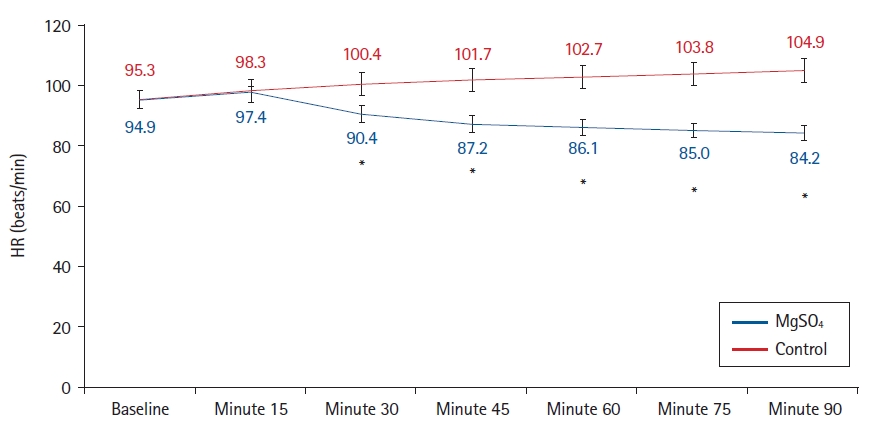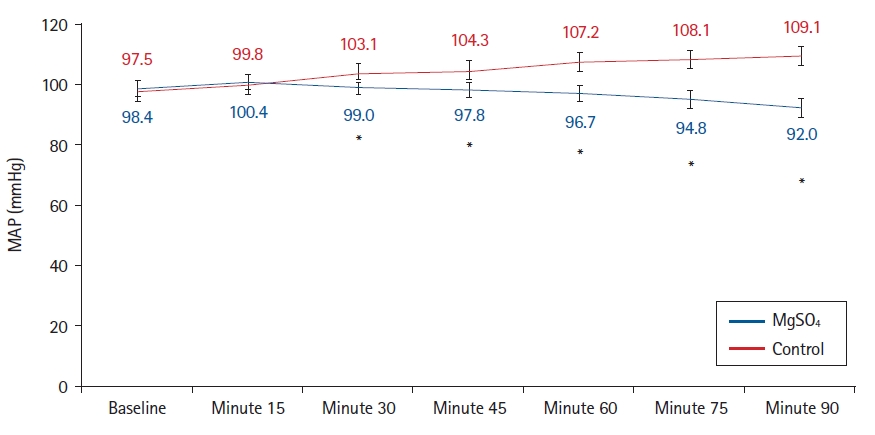3. Jones RL, Nzekwu MM. The effects of body mass index on lung volumes. Chest 2006; 130: 827-33.


4. Pelosi P, Croci M, Ravagnan I, Tredici S, Pedoto A, Lissoni A, et al. The effects of body mass on lung volumes, respiratory mechanics, and gas exchange during general anesthesia. Anesth Analg 1998; 87: 654-60.


6. Dixon AE, Holguin F, Sood A, Salome CM, Pratley RE, Beuther DA, et al. An official American Thoracic Society Workshop report: obesity and asthma. Proc Am Thorac Soc 2010; 7: 325-35.


7. Guerra S, Sherrill DL, Bobadilla A, Martinez FD, Barbee RA. The relation of body mass index to asthma, chronic bronchitis, and emphysema. Chest 2002; 122: 1256-63.


8. Newell MA, Bard MR, Goettler CE, Toschlog EA, Schenarts PJ, Sagraves SG, et al. Body mass index and outcomes in critically injured blunt trauma patients: weighing the impact. J Am Coll Surg 2007; 204: 1056-61.


9. Rao SL, Kunselman AR, Schuler HG, DesHarnais S. Laryngoscopy and tracheal intubation in the head-elevated position in obese patients: a randomized, controlled, equivalence trial. Anesth Analg 2008; 107: 1912-8.


10. El-Solh A, Sikka P, Bozkanat E, Jaafar W, Davies J. Morbid obesity in the medical ICU. Chest 2001; 120: 1989-97.


15. Britton J, Pavord I, Richards K, Wisniewski A, Knox A, Lewis S, et al. Dietary magnesium, lung function, wheezing, and airway hyperreactivity in a random adult population sample. Lancet 1994; 344: 357-62.


16. Gilliland FD, Berhane KT, Li YF, Kim DH, Margolis HG. Dietary magnesium, potassium, sodium, and children’s lung function. Am J Epidemiol 2002; 155: 125-31.


17. Reinhart RA. Magnesium metabolism. A review with special reference to the relationship between intracellular content and serum levels. Arch Intern Med 1988; 148: 2415-20.


19. Kshirsagar K, Patil VC. Chronic obstructive pulmonary disease: Is serum magnesium level a risk factor for its acute exacerbation? Caspian J Intern Med 2021; 12: 223-7.


21. De Baerdemaeker L, Margarson M. Best anaesthetic drug strategy for morbidly obese patients. Curr Opin Anaesthesiol 2016; 29: 119-28.


22. Hardman JG, Aitkenhead AR. Estimating alveolar dead space from the arterial to end-tidal CO(2) gradient: a modeling analysis. Anesth Analg 2003; 97: 1846-51.


24. Littleton SW. Impact of obesity on respiratory function. Respirology 2012; 17: 43-9.


27. Brodsky JB. Positioning the morbidly obese patient for anesthesia. Obes Surg 2002; 12: 751-8.


28. do Amaral AF, Rodrigues-Júnior AL, Terra Filho J, Vannucchi H, Martinez JA. Effects of acute magnesium loading on pulmonary function of stable COPD patients. Med Sci Monit 2008; 14: CR524-9.

30. Fawcett WJ, Haxby EJ, Male DA. Magnesium: physiology and pharmacology. Br J Anaesth 1999; 83: 302-20.


31. Spivey WH, Skobeloff EM, Levin RM. Effect of magnesium chloride on rabbit bronchial smooth muscle. Ann Emerg Med 1990; 19: 1107-12.


32. Cairns CB, Kraft M. Magnesium attenuates the neutrophil respiratory burst in adult asthmatic patients. Acad Emerg Med 1996; 3: 1093-7.


33. Skorodin MS, Freebeck PC, Yetter B, Nelson JE, Van de Graaff WB, Walsh JM. Magnesium sulfate potentiates several cardiovascular and metabolic actions of terbutaline. Chest 1994; 105: 701-5.


34. Bodenhamer J, Bergstrom R, Brown D, Gabow P, Marx JA, Lowenstein SR. Frequently nebulized beta-agonists for asthma: effects on serum electrolytes. Ann Emerg Med 1992; 21: 1337-42.


35. Hirota K, Sato T, Hashimoto Y, Yoshioka H, Ohtomo N, Ishihara H, et al. Relaxant effect of magnesium and zinc on histamine-induced bronchoconstriction in dogs. Crit Care Med 1999; 27: 1159-63.


36. Idama TO, Lindow SW. Magnesium sulphate: a review of clinical pharmacology applied to obstetrics. Br J Obstet Gynaecol 1998; 105: 260-8.

40. Singhi S, Grover S, Bansal A, Chopra K. Randomised comparison of intravenous magnesium sulphate, terbutaline and aminophylline for children with acute severe asthma. Acta Paediatr 2014; 103: 1301-6.


41. Morris I, Lyttle MD, O'Sullivan R, Sargant N, Doull IJ, Powell CV. Which intravenous bronchodilators are being administered to children presenting with acute severe wheeze in the UK and Ireland? Thorax 2015; 70: 88-91.


42. Ciarallo L, Brousseau D, Reinert S. Higher-dose intravenous magnesium therapy for children with moderate to severe acute asthma. Arch Pediatr Adolesc Med 2000; 154: 979-83.
















